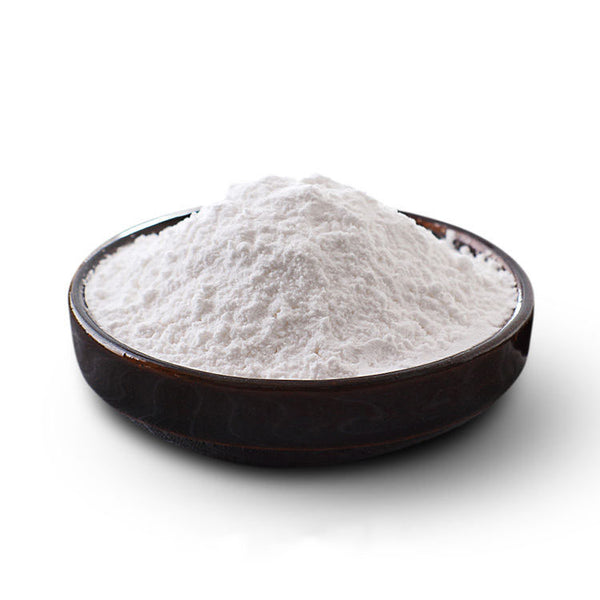
Uses of Polyethylene Glycol:
Pharmaceuticals: PEG is widely utilized in the pharmaceutical industry as an excipient, which is an inactive ingredient that helps stabilize and enhance the performance of active drugs. It is commonly used in oral medications, ointments, and suppositories due to its ability to improve solubility and increase drug absorption.
Cosmetics and Personal Care Products: PEG is present in many cosmetic and personal care items, such as skin creams, lotions, shampoos, and toothpaste. It acts as a humectant, helping to retain moisture and keep the skin and hair hydrated.
Industrial Processes: PEG is widely used in industrial processes such as the manufacture of plastics, rubber, and adhesives. Its properties, including low toxicity and high water solubility, make it an ideal ingredient in various applications.
Food and Beverage Industry: In the food industry, PEG serves as an emulsifier, stabilizer, and thickener in certain food products. It is considered safe for consumption in small quantities as a food additive.
Interactions of Polyethylene Glycol:
While generally considered safe for use, polyethylene glycol may interact with certain medications or substances. PEG may interfere with the absorption of certain drugs, especially if taken simultaneously.
Mechanism of Action of Polyethylene Glycol:
Drug Solubilization: In pharmaceuticals, PEG acts as a solubilizer. Many drugs have poor water solubility, which can hinder their absorption and efficacy. PEG helps improve drug solubility, making it easier for the body to absorb the medication, ultimately enhancing its therapeutic effect.
In conclusion, polyethylene glycol is a multifunctional compound with diverse applications in various industries. Its uses range from pharmaceutical excipients to cosmetics, industrial processes, and food additives. While generally safe for use, it is essential to be aware of potential interactions with other medications. The mechanism of action of PEG varies depending on its application, but it is primarily employed as an osmotic laxative and drug solubilizer. As research and technology continue to advance, the versatility of polyethylene glycol is likely to be further explored, leading to even more innovative applications in the future.
